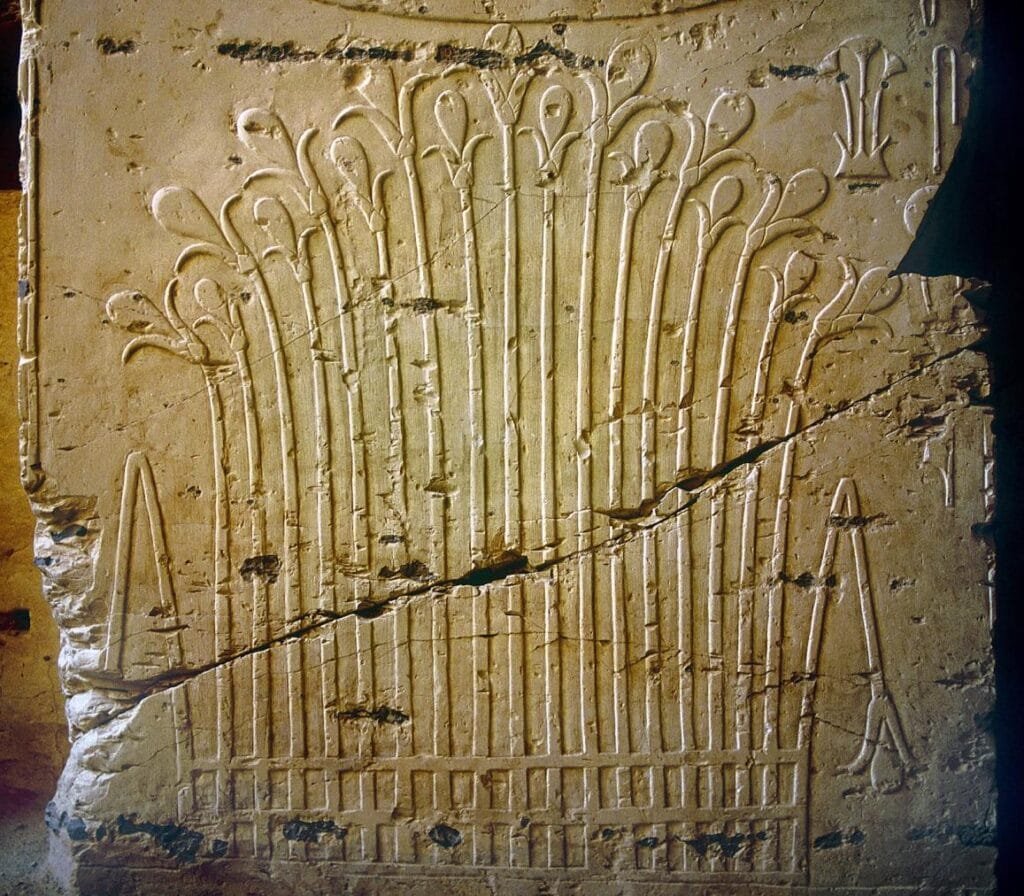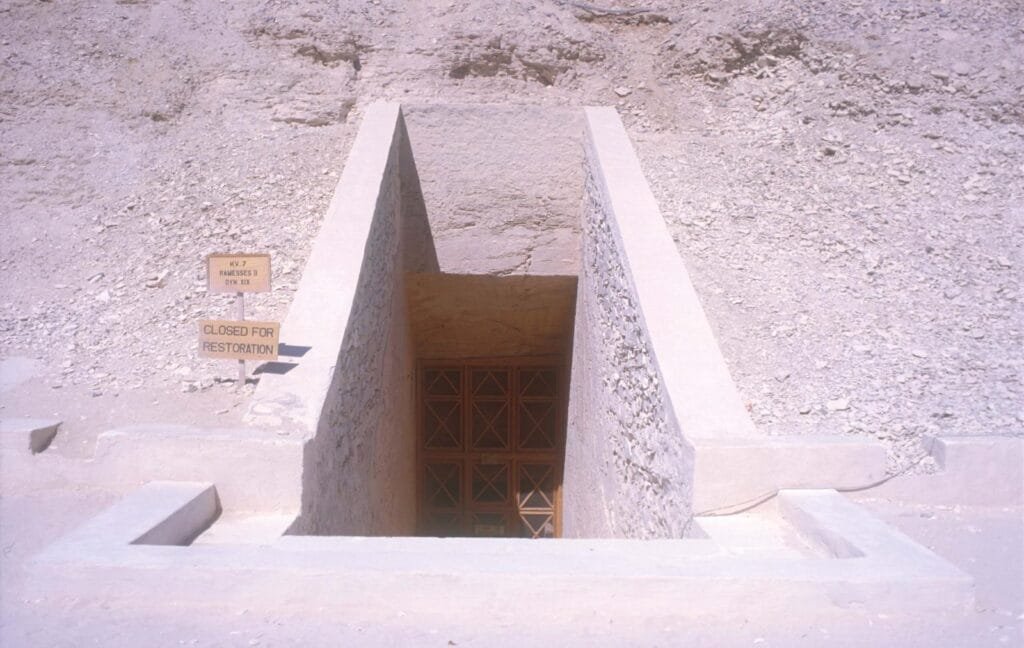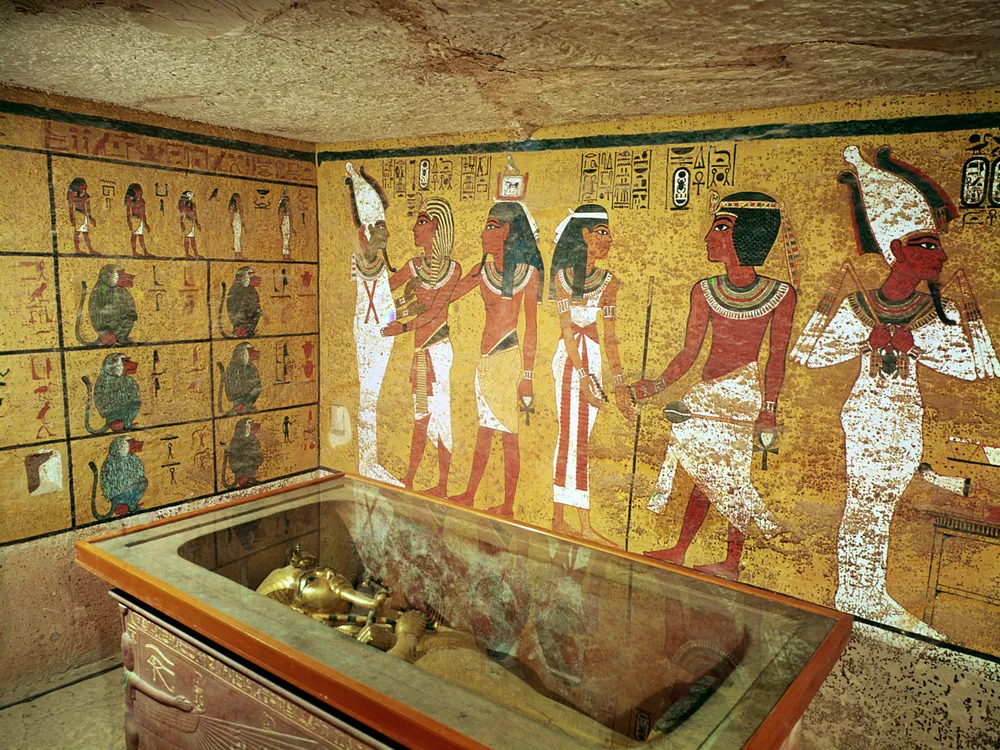Egypt’s ancient tombs are among the most awe-inspiring archaeological sites in the world, offering a fascinating glimpse into the lives and beliefs of the ancient Egyptians. From the grandeur of the Valley of the Kings to the mysterious tombs of Saqqara, visiting these sacred burial sites transports you back to a time when pharaohs and powerful nobles were laid to rest with elaborate rituals, rich treasures, and intricate artwork. Here’s what you can expect when visiting Egypt’s ancient tombs, an experience that combines history, culture, and the enduring allure of the ancient world.
- Egypt Tour Magic
- Egypt Tour Packages
- Excursions in Egypt
- Cairo Tours and Excursions
- Hurghada Tours and Excursions
- Soma Bay Tours and Excursions
- Makadi Bay Tours and Excursions
- Sahl Hasheesh Tours and Excursions
- El Gouna Tours and Excursions
- Marsa Alam Tours and Excursions
- Port Ghalib Tours and Excursions
- El Quseir Tours and Excursions
- Dendera and Abydos Day Tours
- Aswan Tours and Excursions
- Luxor Tours and Excursions
- Alexandria Tours and Excursions
- Sharm El Sheikh Tours and Excursions
- Top Rated Tours in 2025
- Optional Excursions in Egypt
- Private Transfer
- Blogs About egypt
- Ancient Egypt
- What You Need To know Before Your First Trip To Egypt
- Best Places to Visit in Egypt 2025
- Top Attractions in Red Sea Resorts 2025
- Top 10 Tourist Activities in Egypt
- Top 30 Activities You Can’t Miss in Egypt
- The Guide to Guided Tours in Egypt
- Egypt’s Ancient and Modern History
- The Nile River
- The Deserts of Egypt
- Historical Sites in Egypt
- Cairo
- Alexandria
- Luxor
- Aswan
- The Red Sea
- Dendera Temple
- El Fayoum Oasis
- Bahariya Oasis
- Siwa Oasis
- Al Alamein
- Marsa Matruh
- Ancient Egyptian gods
- famous Egyptian dishes
- UNESCO World Heritage sites
- About Us
- Why Egypt Tour Magic
- Egypt Tour Magic
- Egypt Tour Packages
- Excursions in Egypt
- Cairo Tours and Excursions
- Hurghada Tours and Excursions
- Soma Bay Tours and Excursions
- Makadi Bay Tours and Excursions
- Sahl Hasheesh Tours and Excursions
- El Gouna Tours and Excursions
- Marsa Alam Tours and Excursions
- Port Ghalib Tours and Excursions
- El Quseir Tours and Excursions
- Dendera and Abydos Day Tours
- Aswan Tours and Excursions
- Luxor Tours and Excursions
- Alexandria Tours and Excursions
- Sharm El Sheikh Tours and Excursions
- Top Rated Tours in 2025
- Optional Excursions in Egypt
- Private Transfer
- Blogs About egypt
- Ancient Egypt
- What You Need To know Before Your First Trip To Egypt
- Best Places to Visit in Egypt 2025
- Top Attractions in Red Sea Resorts 2025
- Top 10 Tourist Activities in Egypt
- Top 30 Activities You Can’t Miss in Egypt
- The Guide to Guided Tours in Egypt
- Egypt’s Ancient and Modern History
- The Nile River
- The Deserts of Egypt
- Historical Sites in Egypt
- Cairo
- Alexandria
- Luxor
- Aswan
- The Red Sea
- Dendera Temple
- El Fayoum Oasis
- Bahariya Oasis
- Siwa Oasis
- Al Alamein
- Marsa Matruh
- Ancient Egyptian gods
- famous Egyptian dishes
- UNESCO World Heritage sites
- About Us
- Why Egypt Tour Magic
What to Expect When Visiting Egypt’s Ancient Tombs: A Journey into the Past

1. Breathtaking Tombs with Elaborate Paintings and Reliefs
One of the most striking features of Egypt’s ancient tombs is the breathtaking wall paintings and reliefs that adorn their interiors. The tombs of pharaohs and nobles were designed not only as final resting places but also as spaces for the deceased to journey into the afterlife. The walls are often covered with vivid scenes depicting the life of the deceased, their journey to the afterlife, and offerings to gods. For instance, the tomb of King Tutankhamun in the Valley of the Kings is famous for its intricate murals and detailed scenes of the king’s life, including his journey to the underworld and scenes of daily life. The tomb of Ramses VI also features beautiful and detailed murals that illustrate the Book of the Dead, which guided the deceased through the underworld. Visitors can expect to be awe-struck by the level of detail and the stories that these paintings tell. Many of the tombs also contain hieroglyphics, which, when translated, provide insight into the spiritual and cultural beliefs of ancient Egypt. These carvings not only document the life of the deceased but also demonstrate the ancient Egyptians’ sophisticated understanding of art and symbolism, making each tomb a remarkable time capsule.

2. Imposing Architecture and Magnificent Burial Chambers
When visiting Egypt’s ancient tombs, you’ll also encounter impressive architecture, often designed to symbolize the eternal power of the deceased. The tombs of Egypt's pharaohs, particularly those in the Valley of the Kings, are known for their vast and intricate designs. These tombs are often carved deep into the rock or built within towering cliffs to ensure they remained hidden from tomb robbers. The tombs were designed to be complex, often containing long, winding passageways, multiple chambers, and hidden rooms. As you explore, you’ll be amazed by the vastness and scale of these structures. The tomb of Tutankhamun (KV62), though small compared to some others, is nonetheless remarkable in its simplicity and beauty, with an inner chamber that contained the famous burial mask and treasures. Larger tombs, like those of Ramses II and Seti I, have enormous burial chambers where the pharaohs were laid to rest in elaborate stone sarcophagi. Some tombs, like Ramses IX, contain painted ceilings that depict gods and star constellations, reflecting the Egyptians’ belief in an eternal journey after death. The burial chambers were designed with an array of treasures, including jewelry, furniture, and other valuables that would accompany the deceased into the afterlife. Walking through these monumental tombs gives you a tangible sense of the ancient Egyptians' beliefs in death and immortality, as well as their remarkable skills in construction.

3. A Sense of Tranquility and Reverence
Despite the grandeur of the tombs and the elaborate treasures found within them, visitors will often experience a profound sense of tranquility and reverence when exploring these sites. Many of Egypt’s ancient tombs are located in quiet, remote areas, such as the Valley of the Kings and Saqqara, where the tombs are surrounded by desert landscapes and mountains. This seclusion adds to the solemn atmosphere, making the experience feel almost sacred. The quiet interior of the tombs, combined with the dim lighting and echoing silence, enhances the feeling of being in a place where time has stood still. In some tombs, the temperature remains cool and comfortable, a welcome respite from the heat of the desert sun. Visitors often feel as though they are stepping into another era, where the spirits of ancient pharaohs and nobles linger. The tombs are not just archaeological sites but also places of deep cultural significance, evoking a sense of respect and awe for the ancient Egyptians’ reverence for life after death. In some tombs, you might notice that visitors lower their voices, observing a moment of silence to honor the dead and the history embedded within these sacred walls.

4. Stunning Views of Surrounding Landscapes
In addition to the historical and cultural significance of the tombs themselves, many of Egypt’s ancient burial sites offer stunning views of the surrounding landscapes. The Valley of the Kings is nestled within a dramatic desert landscape, with the tombs cut into the mountainsides, offering panoramic views of the surrounding valley. From the entrance to some tombs, you can look out over the barren desert expanse, with the sun casting long shadows across the arid terrain. This stark beauty is a fitting backdrop for the ancient burial sites, where the pharaohs and nobles of Egypt were laid to rest. Similarly, the Pyramid Complex of Giza, where the famous pyramids of Khufu, Khafre, and Menkaure stand, offers sweeping views of the desert beyond, enhancing the awe-inspiring feeling of being in a sacred and historical place. Some tombs in Saqqara, such as those belonging to the early pharaohs of the Old Kingdom, also provide breathtaking vistas of the surrounding landscape, with the step pyramids rising from the flat desert plain. These scenic vistas not only add to the visual appeal of the tombs but also allow visitors to appreciate the location of these tombs in relation to the broader geography of Egypt, helping them understand the cultural and spiritual significance of these places in the ancient world.

5. A Fascinating Glimpse Into Egypt’s Burial Practices and Beliefs
Each tomb provides a unique window into the burial practices and spiritual beliefs of the ancient Egyptians. For example, the tombs in the Valley of the Kings and Valley of the Queens were often constructed with specific symbolic features designed to ensure the safe passage of the deceased into the afterlife. The walls of many tombs depict the Book of the Dead, a collection of spells and prayers that guided the deceased through the dangers of the underworld and ensured they would reach a peaceful existence in the afterlife. In addition to the detailed artwork, tombs frequently contained offerings, such as food, incense, and ceremonial objects, to accompany the deceased on their journey. Visiting these tombs offers insight into the complex religious beliefs of the ancient Egyptians, particularly their ideas surrounding death, immortality, and the gods. Some tombs, such as those in Saqqara, even offer detailed scenes of the Opening of the Mouth ceremony, a ritual designed to reawaken the deceased and ensure their survival in the afterlife. The layout of the tombs, the choice of burial goods, and the rituals depicted in the art all serve as evidence of the Egyptians’ deep understanding of life beyond death. Visitors leave with a sense of awe, not only for the craftsmanship and beauty of the tombs but also for the rich spiritual world that they represent.

6. Limited Access and Conservation Efforts
It’s important to note that while visiting Egypt’s ancient tombs is an unforgettable experience, access to some of the most famous and delicate tombs is often restricted due to ongoing conservation efforts. For example, the tomb of King Tutankhamun is open to the public, but visitors are not allowed to take photos inside, and only a limited number of people are allowed in at any given time to protect the delicate artwork. Similarly, the tomb of Ramses VI in the Valley of the Kings has restricted hours to minimize the impact of tourism on its fragile murals. In some cases, only a small number of visitors are allowed inside each day to help preserve these ancient sites. However, even with these limitations, the experience remains powerful and intimate. Many tombs now have carefully controlled environments with temperature and humidity regulation to ensure the preservation of the artwork and artifacts. Visitors can expect to be closely monitored by staff, ensuring that no damage is done to these priceless treasures. Despite the limited access, the opportunity to step inside these tombs and witness their remarkable history firsthand is an unparalleled experience that makes the journey to Egypt even more unforgettable.


